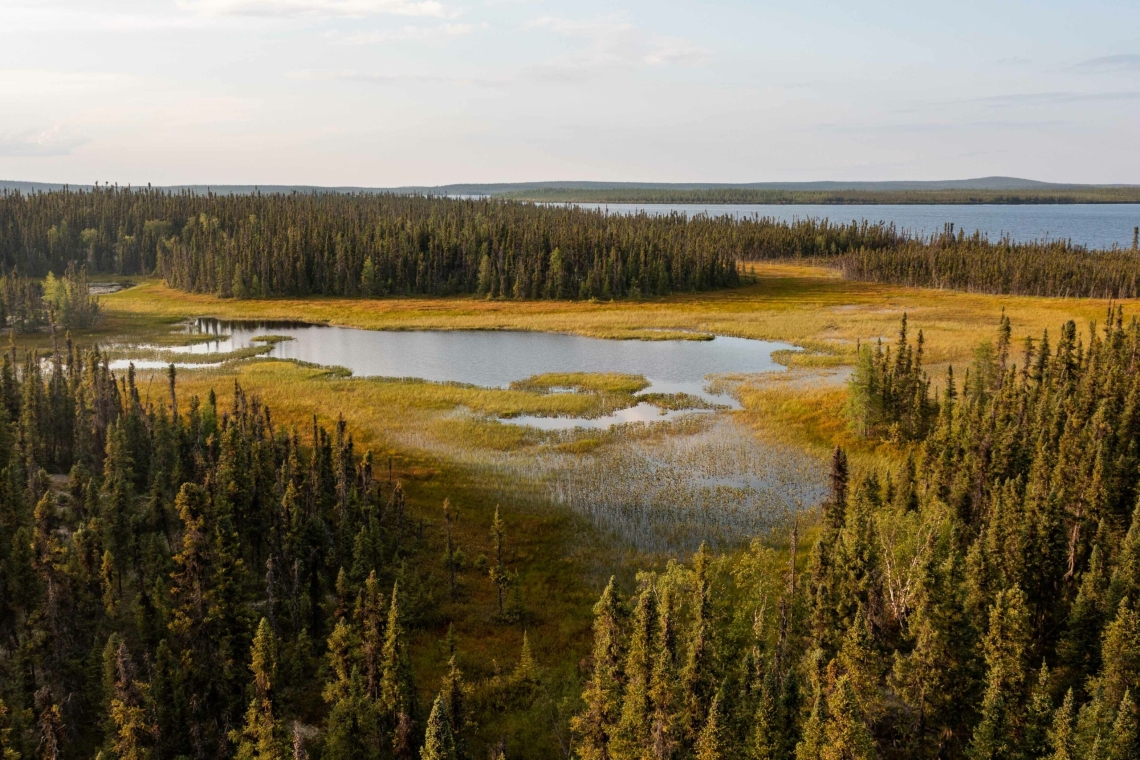
The 50,000-square-kilometre Seal River watershed in northern Manitoba is one of the largest ecologically intact watersheds in the world. Teeming with biodiversity, its conservation value is almost without parallel. Located in the heart of the northern boreal forest, it is untouched by damming or industrial development. Beluga whales inhabit the mouth of the Seal River where it enters Hudson Bay; inland, the territory supports at least 25 known species at risk, such as barren-ground caribou, wolverines, and polar and grizzly bears. It’s also a critical breeding and migratory staging area for hundreds of species of birds. Roughly the size of Denmark or Costa Rica, permanently protecting it would add 0.4 per cent towards Canada’s goal of protecting 30 per cent of lands and waters by 2030.
Now four First Nations, under the umbrella of the Seal River Watershed Alliance, along with the governments of Canada and Manitoba, have taken the penultimate step towards that goal. In an emotional signing ceremony, held Jan. 18 during the Manitoba Keewatinowi Okimakanak Chiefs assembly in Winnipeg, leaders from those parties signed a memorandum of understanding to assess the feasibility of establishing an Indigenous Protected and Conserved Area (IPCA), and possible national park reserve, in the watershed.
The IPCA will be formally established if the committee leading the assessment recommends in favour of the plan and all parties approve.
Keep reading here.

